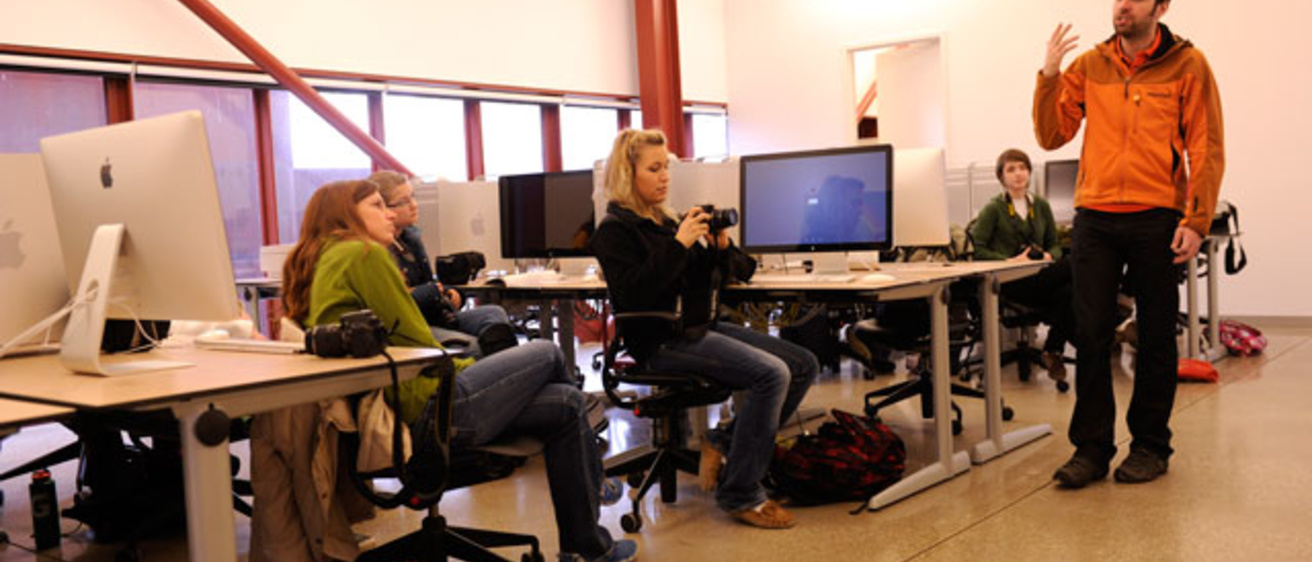New technologies are transforming how people create, perform, and experience art, expanding access and opening opportunities for meaningful public involvement. A new University of Iowa initiative emphasizes all aspects of this transformation—from the intersection of art and technology, to its implications for audiences and communities.
The UI will hire eight new faculty members who'll galvanize the university's existing strengths in technology and the arts, explore uses for emerging technologies, and engage people across the university and beyond.
"There are endless promising possibilities for making art available to a wider audience, and enhancing interaction between audience and artist.”
— Jon Winet
The new Public Digital Arts Initiative will position the UI at the forefront of emerging fields. The initiative is the latest implementation of the university's cluster hire initiative, a multi-year plan to hire faculty in interdisciplinary groups that build on UI strengths and achieve distinction in target areas.
“Digital technology is having a profound influence on the making and the experience of art,” says Jon Winet, associate professor of art and art history and director of the Digital Studio for Public Humanities, who co-chaired the arts cluster planning committee. “Digital imaging is replacing physical scenery in theater. Dancers’ motions are digitally captured and used to animate computer-generated figures. Sculptors are using 3-D printers.
“Most important,” Winet says, “there are endless promising possibilities for making art available to a wider audience, and enhancing interaction between audience and artist.”
Housed in various College of Liberal Arts and Sciences departments, the new faculty will collaborate with colleagues on new and existing projects in the digital arts. The arts cluster also creates potential for collaboration with the existing Public Humanities in a Digital World cluster, as well as with Hancher, the UI Museum of Art, and the Pentacrest Museums.
“I’m very pleased with this addition to our current set of faculty clusters,” says P. Barry Butler, UI executive vice president and provost. “It builds on some of our greatest strengths, will leverage the success of the digital public humanities Initiative, and dovetails with the rebuilding of our arts campus and the revitalization of our arts programs. The Public Digital Arts Initiative will be an important contribution to the University of Iowa’s status as a national center of creativity.”
